Microsoft's Mixed Reality component supplier expect 80 million headsets to be sold by 2020, likely wrong
3 min. read
Published on
Read our disclosure page to find out how can you help MSPoweruser sustain the editorial team Read more

The technology market, in general, appears to be cooling towards the potential for VR headsets, with phone-based AR getting the attention at the minute.
Microsoft, with impeccable timing, is planning to launch a raft of affordable VR headsets starting just a few weeks from now in October, with the launch of Windows 10 Fall Creators Update.
Given the state of VR currently, with companies having to cut prices to stimulate demand, in general, we do not expect the devices to be a run away hit.
It seems no-one told Spectra7, a company producing components for the cookie-cutter reference design VR headsets being released by the likes of Acer, Asus, Dell, HP and more.
That company is expecting record revenues in Q3 2017 “in large part due to the strong growth in demand from the first two major PC OEMs ramping production of their headsets for the Microsoft Windows 10 mixed reality (MR) platform. Additional PC OEMs are in the early stages of production with volume expected to begin in the fourth quarter of 2017.”
Spectra7 makes active copper cable (ACC) technology which is found in all of the Windows 10 PC OEM headsets.
The company expects this windfall to continue for two reasons. One is that they believe tethered headsets will always outperform wireless ones, with Dr. Andrew Kim, CTO of Spectra7, saying:
“Spectra7 believes tethered headsets will remain the preferred mainstream MR/VR connectivity solution for the foreseeable future. We believe wireless solutions will see limited acceptance due to the practical realities of bandwidth needs increasing beyond the capabilities of current wireless technologies. Today’s MR/VR devices, for example, require at least 18Gbps display data, more than double the capacity of any wireless standard. This, coupled with the need for low power, low weight, low cost, as well as low latency, and overcoming the line of sight issues of 60GHz connectivity, add up to a big challenge for wireless solutions. It is difficult for wireless solutions to compete with the performance and cost of tethered solutions when all factors are considered.”
The other reason is that they believe 80 million MR headsets will be sold by the year 2020, quoting Microsoft as a source.
This figure dates from a Computex Taiwan show in June 2016 and was indeed said by Microsoft, but I believe would require the devices to be a runaway success not just on the scale of the Kinect, but even faster selling than the Xbox 360 and PS4.
For an accessory costing close to $500 all in, and requiring at least a mid-range PC this number does not appear realistic, and we are reminded of another OEM, Himax, who also believed a Microsoft Mixed Reality solution would lead them to riches and who was subsequently disappointed.


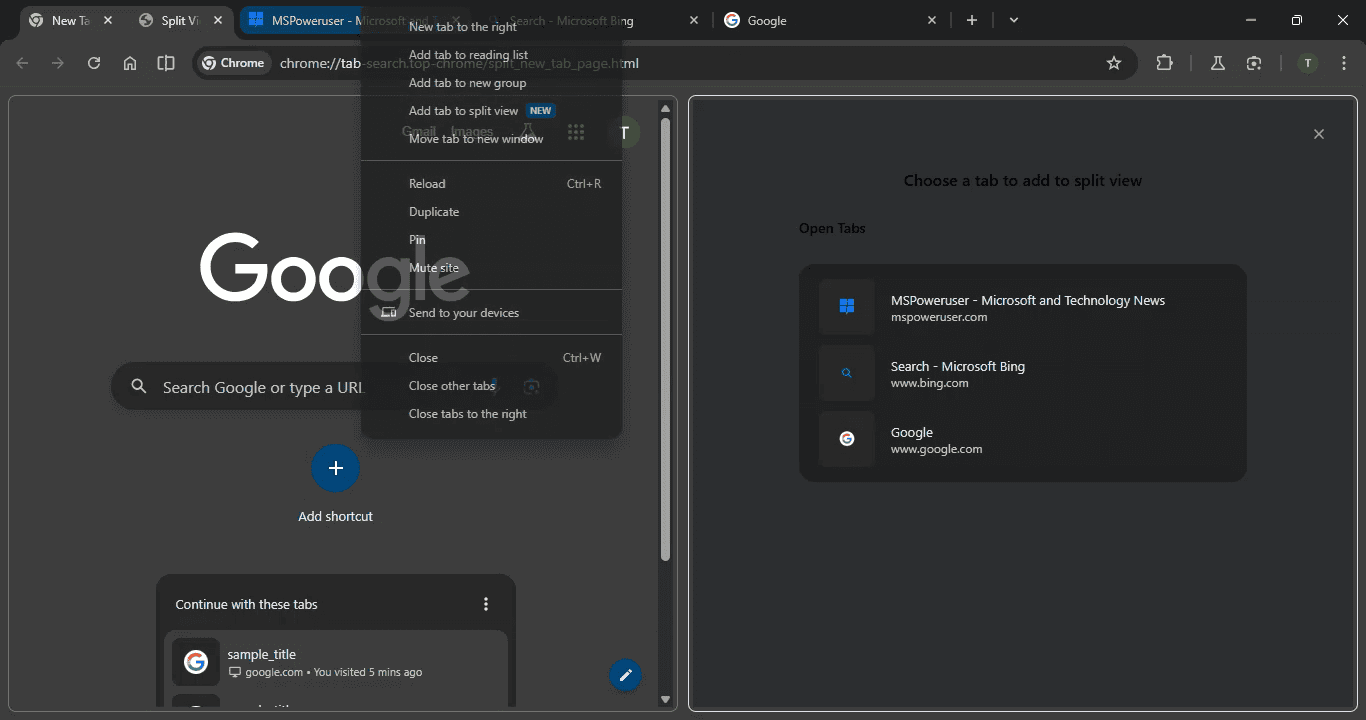
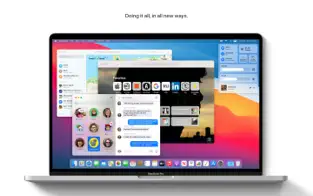
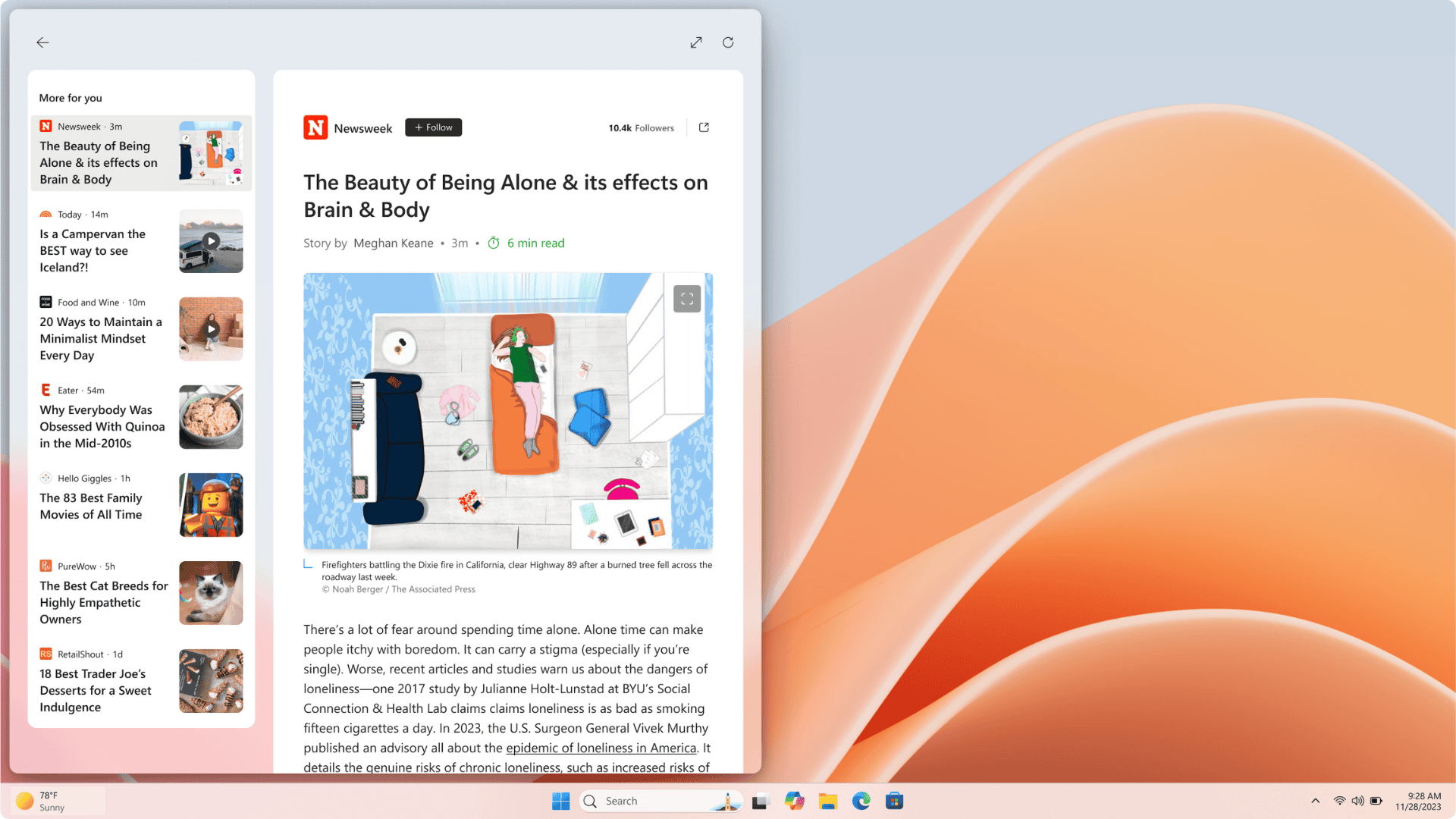
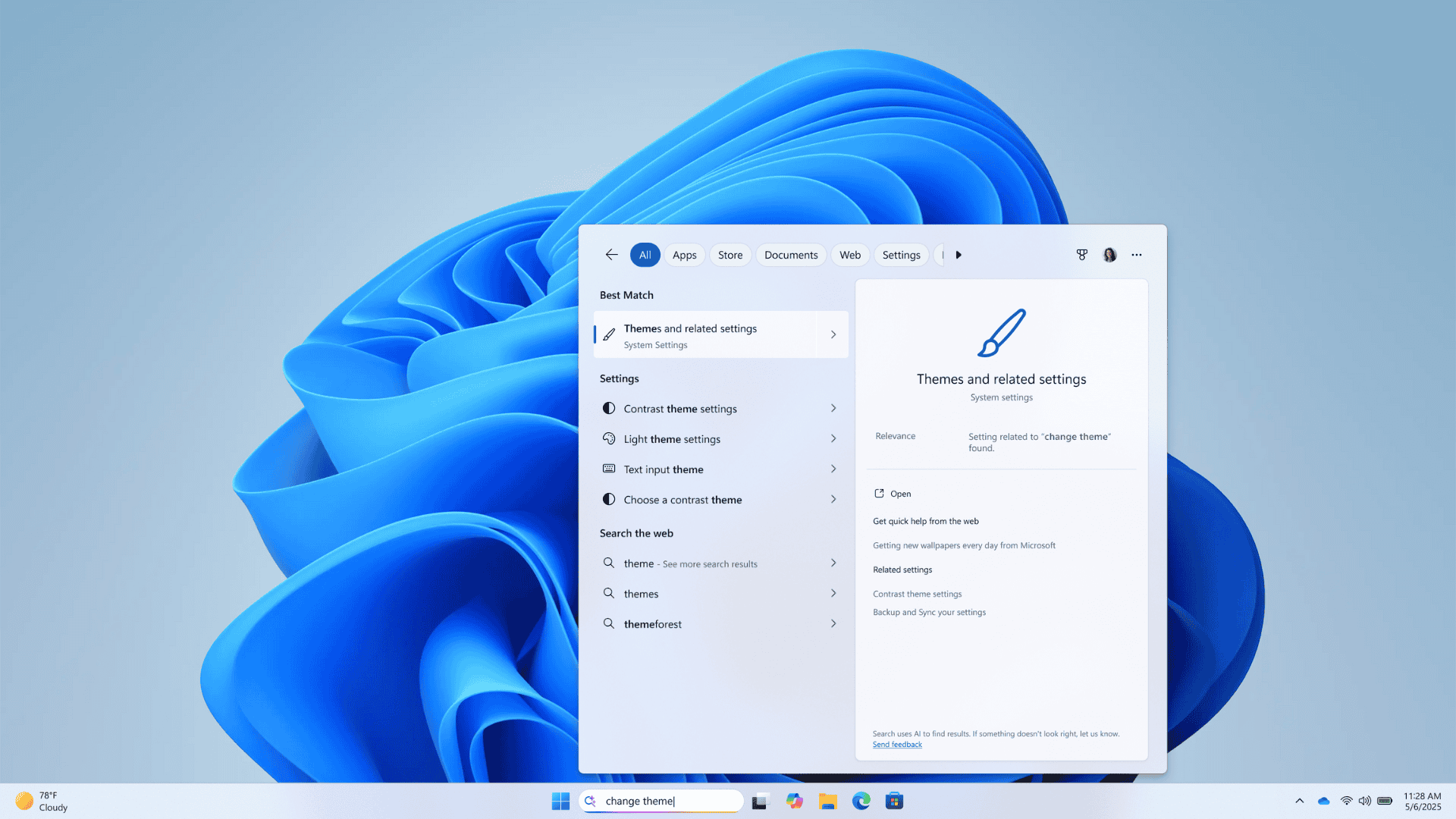
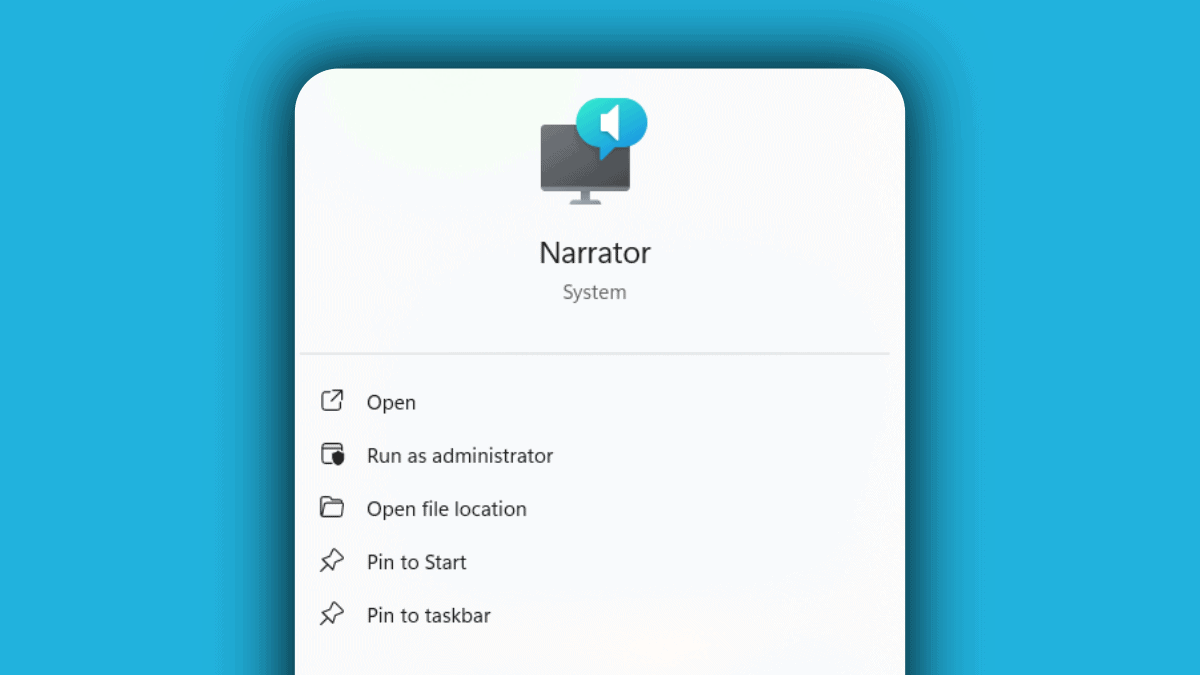

User forum
0 messages